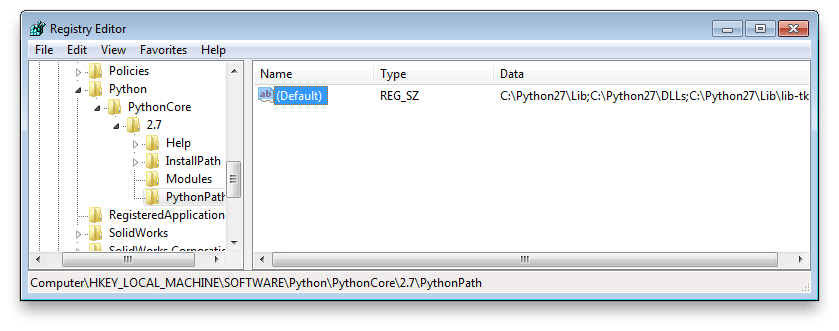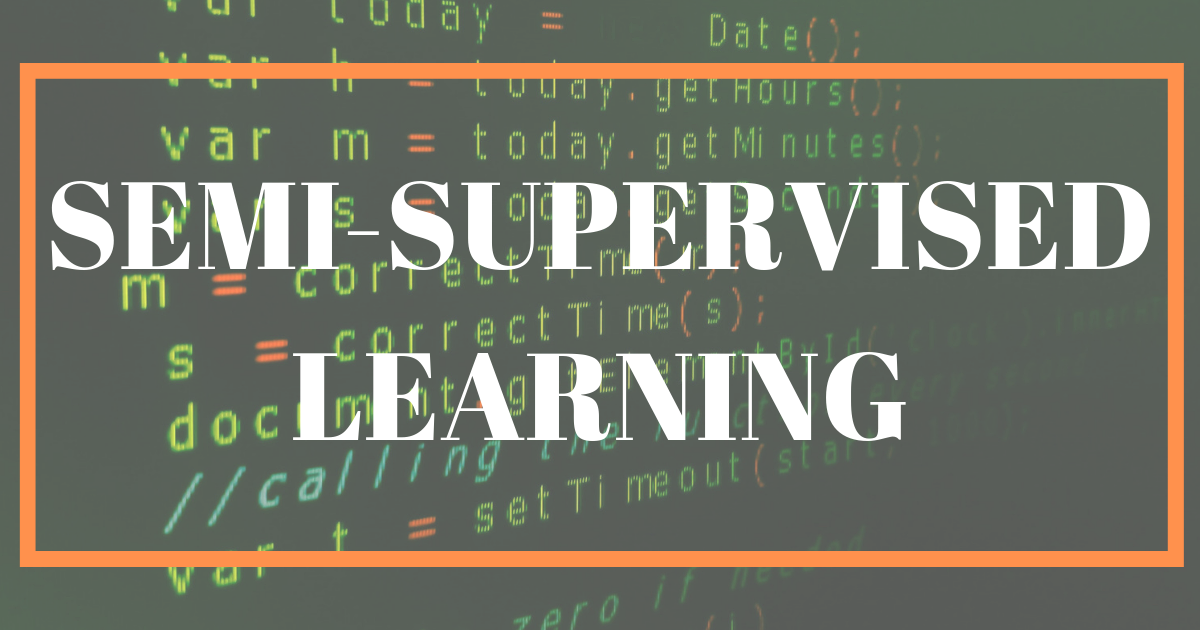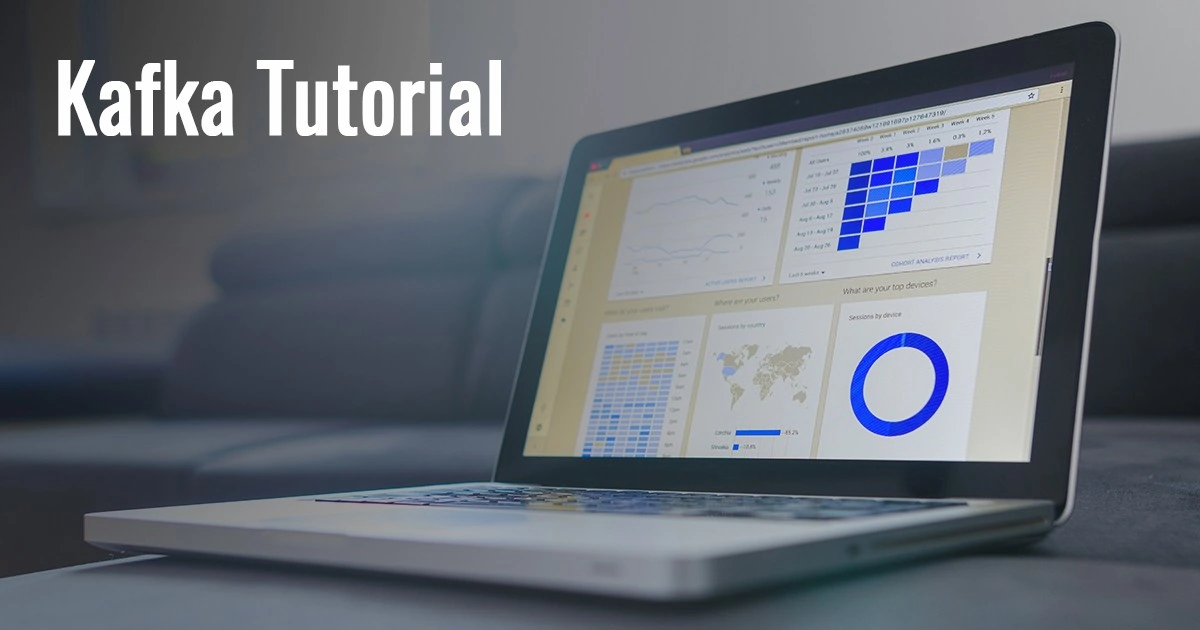Are you looking forward to building a career in Python & want the top Python interview questions for your next interview?
Well, this sounds really cool and profitable as Python is one of the most used popular coding languages today & building a career in it offers great rewards.
Before we get to the top python interview questions and answers, let’s get an understanding of what the Python is all about. Python is one of the most popular coding languages today.
It ranks first in the 2019 IEEE Spectrum reports for web-based programming languages, topping popular languages like Java and R. Python is the preferred language for programming across multiple diverse fields – web and mobile apps, Machine Learning programs, Games, etc.
Python is a high-level, interpreted general-purpose programming language. Its popularity stems from its emphasis on code readability. Python’s object-oriented approach and constructs make it easy for programmers to learn and code clear, logical programs in Python.
Learn this definition, it is one of the most popularly asked python interview questions for experienced and fresh candidates.
Instagram, Spotify, Netflix, Uber, and Dropbox platforms are built on Python.
Why Should You Learn Python?
As a first language, Python is easy to learn, and if you know other programming languages, it becomes even easier to learn Python because of syntax similarities (which helps when you’re studying python interview questions).
Download Detailed Brochure and Get Complimentary access to Live Online Demo Class with Industry Expert.
As a developer or budding developer, a career in Python is an extremely smart choice as the demand for Python developers is high in the market. Therefore knowing the top python interview questions can help you to crack the interview easily.
1. Easy to Read and Program, Even for Beginners
To give you an idea of the readability factor of Python, here is the syntax for a simple “Hello World” print program in Java:
public class HelloWorld { public static void main(String[] args) { System.out.println("Hello World"); } }
The same program written in C++ would look like this:
#include <iostream> int main() { std::cout << "Hello World\n"; }
And here is the Python syntax to print “Hello World”:
print(“Hello World”)
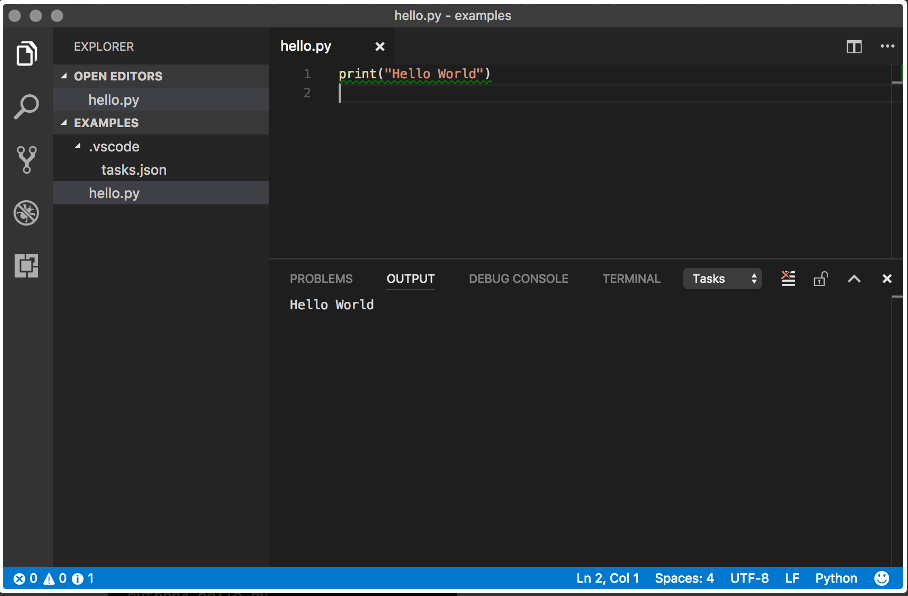
2. Versatile Language with Multiple Applications
Python is being used in multiple projects, big and small, in domains like web and mobile development, game development, data science, web scraping, machine learning, AI, computing, etc.
This opens up a lot of domain opportunities for Python developers. Areas of use and past products can be asked as one of python interview questions for experienced professionals and freshers.
3. Open Source Platform with an Active Support Community
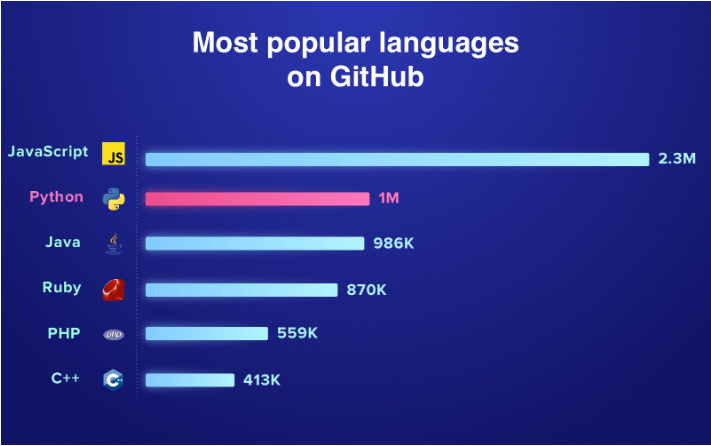
Python being an open-source program is extremely flexible, giving developers the opportunity to explore and build a wide range of robust programs. The downside of open-source programs is felt when programmers encounter bugs or errors and need to fix them on their own.
With Python programming, however, there are active support forums that make the entire process of using Python easy. This is also a great spot to get the most asked python interview questions and answers.
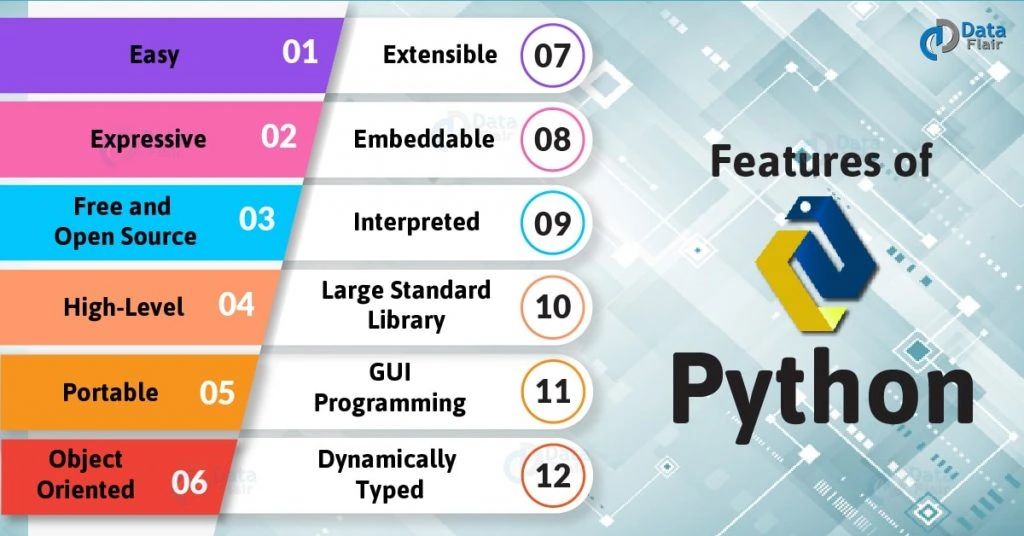
Job Opportunities and Salary Possibilities After Learning Python
This is the right time to be looking to advance your career in Python (which the upcoming python interview questions for experienced professionals and freshers will help you secure).
A recent Python job search on Indeed showed over 16,000 openings in top tier companies like Bosch, VMware, and Target with an average salary of Rs. 5L per annum. Python developers have the opportunity to work in profiles like:
- Python Developer
- Software Developer
- Software Engineer
- Research Analyst
- Data Analyst
- Data Scientist
Companies are quickly adopting Python because it allows them to build powerful products while still being user-friendly, simple, scalable, and easy to maintain programming language. Apart from the products we listed earlier, companies like Google, Facebook, Quora, Amazon, Reddit, and NASA use Python.
If you’re a Python developer looking to crack an interview (If you’re here looking for python interview questions for freshers, you must be), we have listed the top interview questions below to help you move your career into the high paying world of Python.
Top 99 Python Interview Questions and Answers
Q1. What are the key features of Python?
Ans: Key features of Python is one of the most commonly asked python interview questions for freshers. They are:
(i) Unlike other competitive languages like C, Python is an interpreted language. As an interpreted language, Python does not need compilation (with a separate compiler) to run.
(ii) A variable declaration is made dynamically in Python, which is an important difference between Python and other languages that need specific variable declaration. In Python, you can define variables simply by entering code like a=7 or a=” hello world”, and the program is able to determine the type of the variable and assign it the entered value.
(iii) Python is an object-oriented program, where the programmer defines the data type and operation types of data structures. OOP programs are easier to modify than procedural programs like C++.
(iv) Functions in Python are first-class objects. So, functions can be assigned to variables, passed to other functions, and returned from functions. Similarly, in Python, classes are first-class objects.
(v) Readability of Python code makes it easy to write programs. However, as a non-compiler language, it runs slower than compiled languages. Python remedies this by including c-based extensions.
Q2. Is Python a programming or scripting language?
Ans: Python is a general-purpose programming language, that can also be used as a scripting language because of the blurry difference between programming and scripting.
P.S. This is one of the most popularly asked python interview questions for freshers.
Q3. Python is an interpreted language, what does that mean?
Ans: Languages are either compiled or interpreted. In a compiler-based language, the entire program is first ‘compiled’ by a compiler and converted to machine language before executing it. In an interpreter based language, the lines of the program and ‘interpreted’ by an interpreter to machine language one at a time, in real-time on running.
Q4.What is pep 8 in Python?
Ans: PEP is an acronym for the Python Enhancement Proposal. PEP is a set of rules that define how Python code must be formatted for maximum readability.
Q5. How is memory managed in Python?
Ans: Memory in Python is managed in the following way:
(i) Python uses Python private heap space to manage memory. Basically, every object and data structure is stored in a private heap, that is not accessible to programmers. This memory is accessed by the interpreter.
(ii) Python’s memory manager allocates heap space for objects and data structures.
(iii) Python’s in-built ‘garbage collector’ recycles unused memory and makes it available to the heap space.
Q6. What is namespace in Python?
Ans: In Python, the namespace is a naming system that ensures all defined names are unique in order to prevent naming conflicts.
Q7. What are Python packages?
Ans: Python packages are namespaces that contain multiple modules.
Q8. What is PYTHONPATH?
Ans: PYTHONPATH is a variable environment that is used when a module is imported. When a new module is imported in Python, the PYTHONPATH environment is checked for the existence of the imported module in different directories.
Q9. Define Python modules and name some commonly used modules that are built-in in Python.
Ans: Modules in Python are files that contain Python code. Python codes can be functions, variables, or classes. A Python module file has a .py extension.
Some commonly used built-in modules in Python are:
- Math
- Random
- Data Time
- OS
- SYS
- JSON
Q10. Define local variables and global variables in Python,
Ans: Global Variables are variables that are declared outside of a function, or in the ‘global space’. Any function within the program can access these variables.
Local Variables are variables that are declared within a function and is present within the local space of the function. Local variables cannot be accessed outside the function’s space.
Q11. Is Python code case sensitive?
Ans: Yes, Python syntaxes are case sensitive.
Q12. What is type conversion in Python? Give some examples.
Ans: Converting one data type into another within a Python program is called type conversion. Common examples:
- int() – converts any data type into an integer type
- str() – converts an integer into a string
- float() – converts any data type into float type
- list() – this function converts any data type to a list type
- ord() – converts characters into an integer
- hex() – converts integers to hexadecimal
- oct() – converts integer to octal
- tuple() – This function converts a data type to a tuple
- set() – This function returns the type after converting to set
- dict() – This function converts a tuple of order (key, value) into a dictionary
Q13. How do you install Python on a Windows system and set the path variable?
Ans: Following steps are executed to install Python on Windows systems and set the path variable:
(i) Download Python installation from the link: https://www.python.org/downloads/
(ii) Install Python through the executable file, following the install wizard.
(iii) Find the folder location using the command prompt by typing: cmd python. Copy this path.
(iv) Navigate to advanced system settings and add a new variable names ‘PYTHON_NAME’ and paste the copied path.
(v) Find the path variable, select its value and click ‘edit’.
(vi) Enter a semicolon(;) at the end of the value if it isn’t already present and then type %PYTHON_HOME%
Q14. is indentation necessary in Python?
Ans: Yes, indentation is required in Python. Indenting is how blocks of code are specified in Python.
Q15. What is the difference between Arrays and Lists in Python?
Ans: Both arrays and lists are methods of storing data in Python; however, an array can store only one single data type element, whereas a list can store different data type elements.
Example:
import array as arr My_Array=arr.array('i',[1,3,5,7]) My_list=[‘Name’,'Age',1.20, 7]
Output
array(‘i’, [1,3,5,7]) [‘Name’,'Age',1.20, 7]
Q16. What are the functions in Python? How do you define a function?
Ans: In Python, a function is a block of code that is defined during programming and executed only on being called. A function is defined in the following way:
#Defining: def Hellofunc(): print("Hello, World.")
#Calling the function: Hellofunc() Output: Hello, World.
Q17. What is self in Python?
Ans: In Python, the self is an object or instance of a class that is explicitly included as the first parameter. It helps differentiate between attributes and methods of a class with local variables.
Q18. How do you add comments to code in Python?
Ans: Comments are written with a ‘#’ character. Each line of comments must start with a ‘#’. For example:
#This is how you write a comment in Python #here’s other comment print("Comments start with a #")
Output: Comments start with a #
This can be asked as a practical test and is one of the most popular python interview questions for freshers.
Q19. What are docstrings in Python?
Ans: Docstrings are similar to comments but have a different method of being used, and the purpose is to add documentation details. The difference between a comment and a docstring is in the interpretation by the programmer or reader.
Example:
""" This is a docstring. This code divides 2 numbers """ x=12 y=2 z=x/y print(z) Output: 2.0
Q20. What is pickling and unpickling in Python?
Ans: Pickling is the process where a Python pickle module accepts an object, converts it to a string, and dumps it into a file using the dump function. Unpickling is the process of retrieving original objects from their stored string representations (reverse of pickling).
Q21. Is there a separate command in Python to capitalize the first letter of a string?
Ans: Yes, the capitalize() method is used to capitalize the first letter of a string.
Q22. Of the following, which will be considered invalid, and why?
(a) xyz = 1,000,000
(b) x y z = 1000 2000 3000
(c) x,y,z = 1000, 2000, 3000
(d) x_y_z = 1,000,000
Ans: (a) x y z = 1000 2000 3000
This is because indentations in Python are used to define code blocks.
Q23. Do identifiers in Python have a maximum length?
Ans: No, identifiers in Python can be of any length.
Q24. Why is Python NumPy preferred over lists?
Ans: The primary reasons for using NumPy over lists are:
- Less Memory
- Fast
- Convenient
Q25. How can you delete a file in Python?
Ans: In order to delete files in Python, you must first import the OS module, then use the os.remove() function.
Q26. Mention a few differences between a list and a tuple.
Ans: Here are 3 differences:
(i) Lists can be edited, Tuples are immutable (cannot be edited).
(ii) Tuples are faster in terms of computational speed than lists
(iii) The syntax for list is – list_1 = [‘hello’, 17, ‘B’] and for tuple is – tup_1 = (‘hello’,17’,’B’)
Q27. What is __init__ in Python?
Ans: In Python, __init__ is a constructor or method. It is automatically called in order to allocate memory every time a new object or instance of a class is created.
Q28. In Python, what is a lambda function?
Ans: A lambda function is an anonymous function. This can have multiple parameters but only one statement.
Q29. Explain the working of the break, continue and pass.
Ans: Break – Allows the termination of a loop when a condition is met the control transfers to the next statement.
Continue – Allows the skipping of a part of a loop when a specific condition is met and the control is transferred to the beginning of the loop.
Pass – Pass is a null operation, that is used when you want to program a block of code syntactically but want to skip its execution.
Q30. What does [::-1} do?
Ans: The command [::-1] is used when you want to reverse the order of an array or a sequence.
Q31. Is there a way to randomize the items of a list in Python?
Ans: Yes, the shuffle module can be used to randomize objects in a list.
Q32. What are the iterators in Python?
Ans: These are any object that can be iterated upon.
Q33. Is there a way to generate random numbers in Python?
Ans: Yes, the random module can be used to achieve this.
Q34. Differentiate between range & xrange.
Ans: In most ways range and xrange are similar. They both provide a way to generate a list of integers to use. The difference between the two is that xrange returns an xrange object and range returns a Python list object.
Q35. What is a generator in python?
Ans: Any function that returns an iterable set of items.
Q36. Is there a command to convert a string to lowercase?
Ans: Yes, the lower() function can be used to convert a string to lowercase.
Q37. How are “is”, “not” and “in” operators used?
Ans: is – returns true only when both operands are true
not – returns the inverse of the input boolean value
in – verifies if some element is present in some sequence
Q38. How are help() and dir() functions used in Python?
Ans: Help() function – Displays the documentation string and allows you to access the help related to modules, keywords, attributes, etc.
Dir() function: This function is used to display all defined symbols.
Q39. Why isn’t all the memory deallocated when Python exits?
Ans: Python modules that have circular references to other objects, or objects that are referenced from global namespaces are not always de-allocated or freed. Portions of memory that are reserved by the C library are not deallocated. Every other object is deallocated on exit.
Q40. What is a dictionary in Python?
Ans: The built-in datatypes in Python that define one-to-one relationships between keys and values are called the dictionary.
Q41. What is a ternary operator?
Ans: A ternary operator is an operator that is used in Python to show conditional (true or false) statements.
Q42. What is the meaning of *args* and **kwargs?
Ans: *args is used when the number of arguments that are going to be passed by a function is not known, or when we want to pass a stored list or tuple of arguments to a function. **kwargs is used when the number of keyword arguments that will be passed to a function is unknown, or when we want to pass a dictionary value as a keyword argument.
Q43. What is len()?
Ans: lens() is used to find out the length of a string, a list, an array, etc.
Q44. What is split(), sub(), subn() methods of “re” module?
Ans: “re” module is used to modify strings by one of the following 3 ways:
split() – splits a given string into a list using the regex pattern.
sub() – finds substrings that match the regex pattern and replaces them with a different string.
subn() – returns a new string like sub() along with the number of replacements.
Q45. What are the negative indexes in Python?
Ans: Every sequence in Python is indexed and can contain a positive or negative value. When sequences start with 0 and continue on from 1 are positive indexes. Indexes that start with -1 and proceed onward from -2 are negative indexes.
Q46. Why are negative indexes used?
Ans: Negative indexes are used to remove new-line spaces from strings, and to allow strings to accept the last character that is given as S[:-1].
Q47. How can elements be added to a Python array?
Ans: Elements can be added using the append(), extend() and insert (i,x) functions.
Q48. How can elements be removed from a Python array?
Ans: The elements can be removed using the pop() or remove() method from a Python array.
Q49. Does Python follow OOPs concepts?
Ans: Yes, as Python is an object-oriented programming language.
Q50. Differentiate between deep and shallow copy.
Ans: A shallow copy is used when you create a new instance type while keeping the values that are copied over to the new instance. It also copies the reference pointers
A deep copy copies the values but not the reference pointers. Changes made to the parent don’t affect the deep copy.
Q51. How can you achieve multithreading in Python?
Ans: Python has a multi-threading package that can be used to achieve this.
Q52. What are the compilation and linking process of in python?
Ans: Compiling and linking lets new extensions compile property without errors. Linking can only be done after it passes the compiled procedure.
Q53. What are libraries? Name a few.
Ans: Libraries just a collection of Python packages. Some commonly used libraries are:
- Pandas
- Scikit-learn
- NumPy
- Matplotlib
Q54. Give an example for the use of ‘split’.
Ans: Split is used to separate a string:
Input:
a="Hello World" print(a.split())
Output:
[‘Hello’, ‘World’]
Q55. How are modules imported in Python?
Ans: You can import modules using the import keyword.
Q56. What is inheritance in Python?
Ans: Inheritance allows one class within Python to get all the elements or members (like attributes and methods) of another class. It allows for code reusability making it easier to create and maintain a program or application.
Q57. How do you create a class in Python?
Ans: A class can be created using the class keyword:
Example
Input:
class Student: def __init__(self, name): self.name = name S1=Student("xyz") print(S1.name)
Output:
xyz
Q58. What is monkey patching in Python?
Ans: Monkey patch in Python is the dynamic modification of a module or class during run-time.
Q59. Are multiple inheritances supported in Python?
Ans: Yes, Python supports multiple inheritances which means that one class can derive attributed from multiple parent classes.
Q60. What is Polymorphism in Python?
Ans: In Python, polymorphism means a child class can have a method with the same name as a method in a parent class but with its own parameters and variables.
Q61. What is encapsulation in Python?
Ans: In Python encapsulation is the binding of code and data.
Q62. How is data abstraction performed in Python?
Ans: Data abstraction is exposing only the required details externally while hiding the implementation. Python achieves this via interfaces and abstract classes.
Q63. Does Python use access specifiers?
Ans: In Python, variables and functions are not deprived access to an instance. The language lays the concept of prefixing the variable, function or method with its name and a single or double score to mimic private access specifiers.
Q64. How is an empty class created in Python?
Ans: You can create an empty class using the pass keyword.
Q65. What does an object() do?
Ans: Object() returns a featureless object that is a base for all classes.
Q66. Write a program to execute the Bubble sort algorithm in Python.
Ans: Input
def bs(a): b=len(a)-1 for x in range(b): for y in range(b-x): if a[y]>a[y+1]: return a a=[32,5,3,6,7,54,87] bs(a)
Output:
[3, 5, 6, 7, 32, 54, 87]
Q67. Write a program in Python to produce a triangle made of stars.
Ans: Input
def pyfunc(r): for x in range(r): print(' '*(r-x-1)+'*'*(2*x+1)) pyfunc(9)
Output:
* *** ***** ******* ********* *********** ************* *************** *****************
Q68. Write a program to produce the Fibonacci series in Python.
Ans: Input
a=int(input("Enter the terms")) f=0 s=1 if a<=0: print("The requested series is ",f) else: print(f,s,end=" ") for x in range(2,a): next=f+s print(next,end=" ") f=s s=next</pre>
Output:
Enter the terms 7 0 1 1 2 3 5 8
Q69. Write a Python program to check if the entered number is a prime number.
Ans: Input
a=int(input("enter number")) if a>1: for x in range(2,a): if(a%x)==0: print("not prime") break else: print("Prime") else: print("not prime")
Output:
enter number 11
Prime
Q70. Write a Python program to check if the entered sequence is a Palindrome.
Ans: Input:
a=input("enter sequence") b=a[::-1] if a==b: print("palindrome") else: print("Not a Palindrome")
Output:
enter sequence 12755721 palindrome
Q71. Write a program to count the number of capital letters in a file.
Ans: The program is as follows:
with open(MY_FILE) as fh: count = 0 text = fh.read() for character in text: if character.isupper(): count += 1
Q72. Write a Python program to sort numbers.
Ans: The program is as follows
list = ["6", "2", "0", "1", "12"] list = [int(i) for i in list] list.sort() print (list)
Q73. Given the below code, what will be the final values of A0, A1, …An?
Ans: Code:
A0 = dict(zip(('a','b','c','d','e'),(1,2,3,4,5))) A1 = range(10)A2 = sorted([i for i in A1 if i in A0]) A3 = sorted([A0[s] for s in A0]) A4 = [i for i in A1 if i in A3] A5 = {i:i*i for i in A1} A6 = [[i,i*i] for i in A1] print(A0,A1,A2,A3,A4,A5,A6)
The final output or answers will be:
A0 = {'a': 1, 'c': 3, 'b': 2, 'e': 5, 'd': 4} # the order may vary A1 = range(0, 10) A2 = [] A3 = [1, 2, 3, 4, 5] A4 = [1, 2, 3, 4, 5] A5 = {0: 0, 1: 1, 2: 4, 3: 9, 4: 16, 5: 25, 6: 36, 7: 49, 8: 64, 9: 81} A6 = [[0, 0], [1, 1], [2, 4], [3, 9], [4, 16], [5, 25], [6, 36], [7, 49], [8, 64], [9, 81]]
Q74. What is flask?
Ans: Flask is a web microframework built for Python that is based on “Werkzeug”, “Jinja2” and “good intentions” BSD license.
Q75. Which is better, Django or Flask?
Ans: Django has a lot of prewritten code which helps programmers use code faster, but they also need to understand the prewritten code. In Flask, because you write everything on your own, it takes time but you have more control and understanding of the code.
Q76. Name some differences between Django, Pyramid, and Flask.
Ans: Flask is ready to use and is mainly used for small applications. You need to use external libraries.
The Pyramid is used to build large applications as it provides more flexibility. Users can choose the DB, URL structure, etc.
The use of Django is similar to Pyramid, and Django includes ORM.
Q77. Draw Django architecture.
Ans: Here is the Django model, view template drawing:

Q78. How do you set up a Database in Django?
Ans: Using the Python module mysite/setting.py.
Q79. How do you write a VIEW in Django?
Ans: See the following code which is an example:
from django.http import HttpResponse import datetime
def Current_datetime(request): now = datetime.datetime.now() html = "<html><body>It is now %s</body></html> % now return HttpResponse(html)
The output is the current date and time in an HTML document.
Q80. What do Django templates consist of?
Ans: A Django template is just a text file that can be of any text-based format like XML, CSV, HTML, etc.
Q81. What is ‘session’ used, in a Django framework?
Ans: A session (works like a cookie) lets you store and retrieve user site visit data, on a per-visit basis.
Q82. name the inheritance styles in Django.
Ans: There are 3 inheritance styles in Django:
- Abstract Base Classes
- Multi-table Inheritance
- Proxy models
Q83. How do you save an image locally from a URL address?
Ans: With the following code:
import urllib.request urllib.request.urlretrieve("URL", "my_image.jpg")
Q84. Can we extract the Google cache age of a particular URL or web page?
Ans: Yes, using: http://webcache.googleusercontent.com/search?q=cache:Your URLHere
Q85. Can you write a simple web scraper program for IMDB?
Ans: The following program will scrape data from IMDb’s top 250 list.
from bs4 import BeautifulSoup import requests import sys
url = 'http://www.imdb.com/chart/top' response = requests.get(url) soup = BeautifulSoup(response.text) tr = soup.findChildren("tr") tr = iter(tr) next(tr)
for movie in tr: title = movie.find('td', {'class': 'titleColumn'} ).find('a').contents[0] year = movie.find('td', {'class': 'titleColumn'} ).find('span', {'class': 'secondaryInfo'}).contents[0] rating = movie.find('td', {'class': 'ratingColumn imdbRating'} ).find('strong').contents[0] row = title + ' - ' + year + ' ' + ' ' + rating
print(row)
Q86. What is the map function in Python?
Ans: The map function in Python executes a particular function that is given as the first argument, on all elements of the iterable within the second argument.
Q87. Using NumPy array, can you get indices of N maximum values?
Ans: The following code achieves this:
Input:
import numpy as np arr = np.array([1, 3, 2, 4, 5]) print(arr.argsort()[-3:][::-1])
Output:
3
Q88. List some differences between NumPy and SciPy.
Ans: NumPy contains data type arrays and basic operations like indexing, sorting, while SciPy contains fully featured linear algebra modules and numerical algorithms making is useful for complex scientific calculation.
Q89. How can a 3D plot/visualization be made using NumPy/SciPy?
Ans: You cannot achieve 3D visualization with either NumPy or SciPy alone, but you can use integrations like Matplotlib to venture into it.
Q90. of the following lines of code, which statement or statements create a dictionary?
(a) d = {}
(b) d = {“doe”:31, “Alex”:12}
(c) d = {14:”john”, 23:”Doe”}
(d) d = (40:”john”, 45:”50”}
Ans: b, c & d.
Q91. Of these, which is floor division?
(a) /
(b) //
(c) %
(d) None of the mentioned
Ans: (b) //
Q92. Why is it not advisable to begin local variable names with an underscore?
Ans: This is because local variables are used to indicate a private variable of a class.
Q93. What is the output of this code:
try: if '1' != 1: raise "someError" else: print("There is no error") except "someError": print ("Found an error")
Is it:
(a) There is no error
(b) Found and error
(c) invalid code
(d) none of the above
Ans: (c) invalid code
Q94. If list is [9, 3, 76, 7], What is listA[-1] ?
(a) 9
(b) 3
(c) 76
(d) 7
Ans: (d) 7
Q95. What would you use to open a file c:myfile.txt for writing?
(a) outfile = open(“c:myfile.txt”, “r”)
(b) outfile = open(“c:myfile.txt”, “w”)
(c) outfile = open(file = “c:myfile.txt”, “r”)
(d) outfile = open(file = “c:myfile.txt”, “o”)
Ans: (b) outfile = open(“c:myfile.txt”, “w”)
Q96. What would be the output of the following code:
f = None for i in range (5): with open("data.txt", "w") as f: if i > 2: break print f.closed
Is it:
(a) True
(b) False
(c) None
(d) Error
Ans: (a) True
Q97. In a try-except-else statement, when is the else executed?
(a) always
(b) when an exception occurs
(c) when no exception occurs
(d) never
Ans: (c) when no exception occurs
Q98. Can multiple comments in Python written with one ‘#’ at the start?
Ans: No, each line of comment in Python MUST start with a ‘#’.
Q99. How do you change the current working directory to a different, specified path?
Ans: Using the Python os.chdir() method.
There you go, these are the 99 most asked python interview questions and answers.
Benefits of Learning Python
There are a lot of programming languages in use today, and hence a lot of options for developers. However, Python has certain benefits that make it a better option for engineers looking to advance in their career as a developer.
(i) Python is especially being used in domains like data mining and big data, fields that are in demand and lucrative today.
(ii) There are many open-source frameworks like Django that are built on Python.
(iii) Python is easy to read, and the code is easy to grasp and write as well. This makes the process of coding a program faster, increasing the productivity of developers within the company.
(iv) The demand for Python developers is much higher than other language developers.
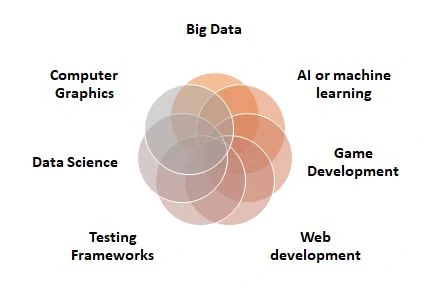
This opens up a lot of doors for Python developers giving them scope for growth and progression in their career. When attending a Python interview, along with learning the above python interview questions for freshers and experienced professionals, make sure to be well versed on the following core topics: OOPs, Libraries, Web Scraping, Data Analysis, Django.
Conclusion
Practicing Python code on a test environment along with studying the given python interview questions for experienced professionals and freshers is the right way to approach an interview.
If you want to build a career in Python, enroll yourself in this Python Programming Course and become a professional Python programmer.

